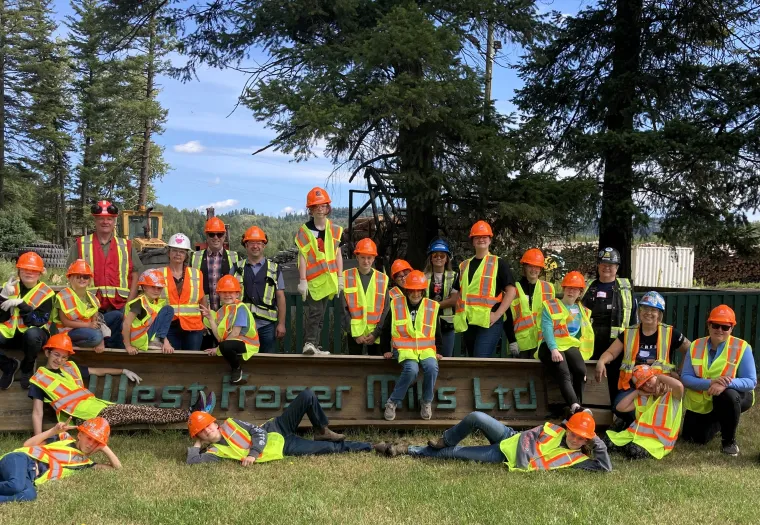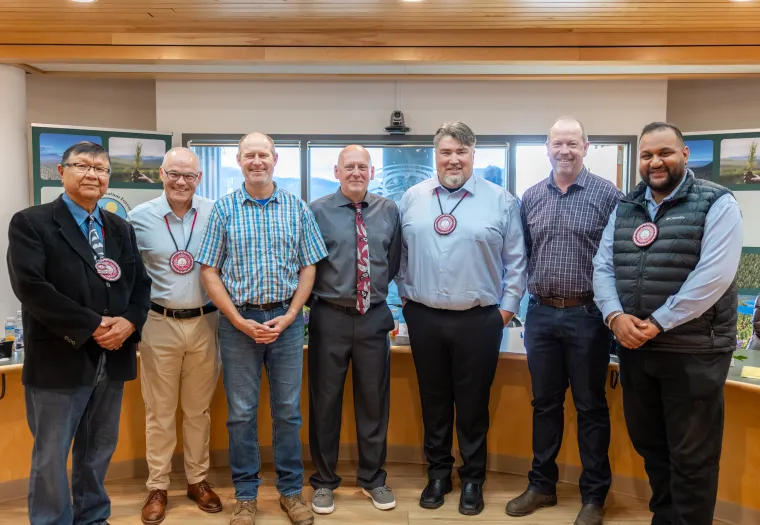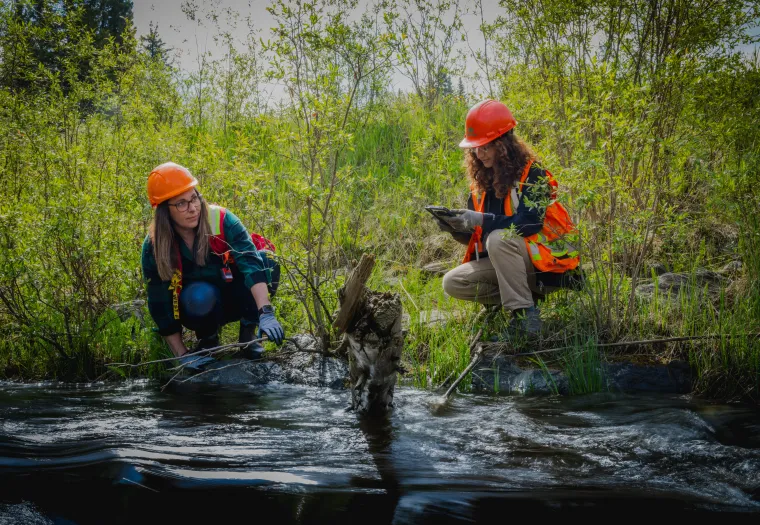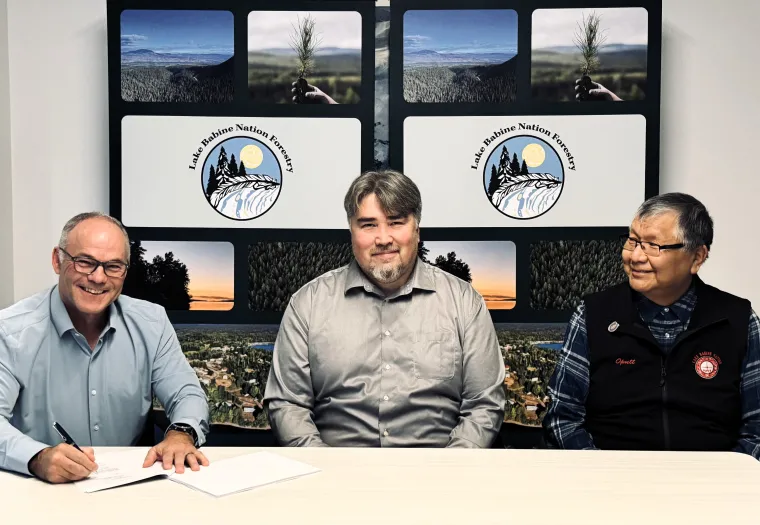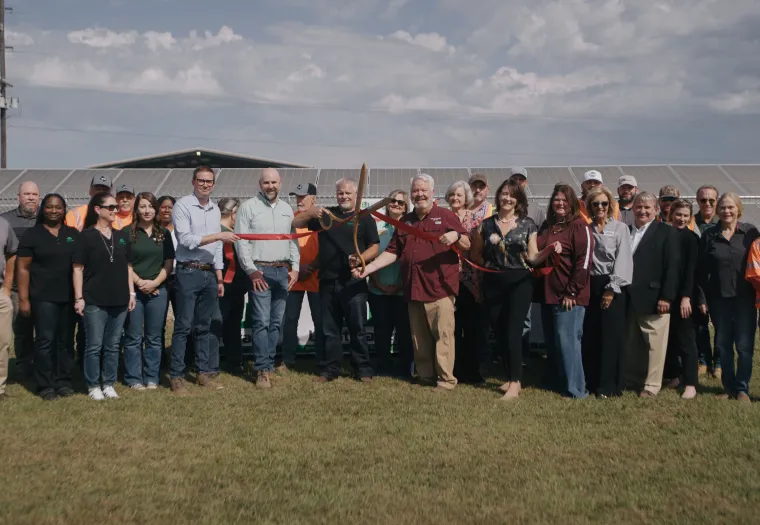Capital Upgrade Optimizes Performance at Williams Lake Plywood
Across West Fraser, we are committed to continuous improvement through strategic capital investments to modernize our mills, enhancing safety, reliability, and productivity.
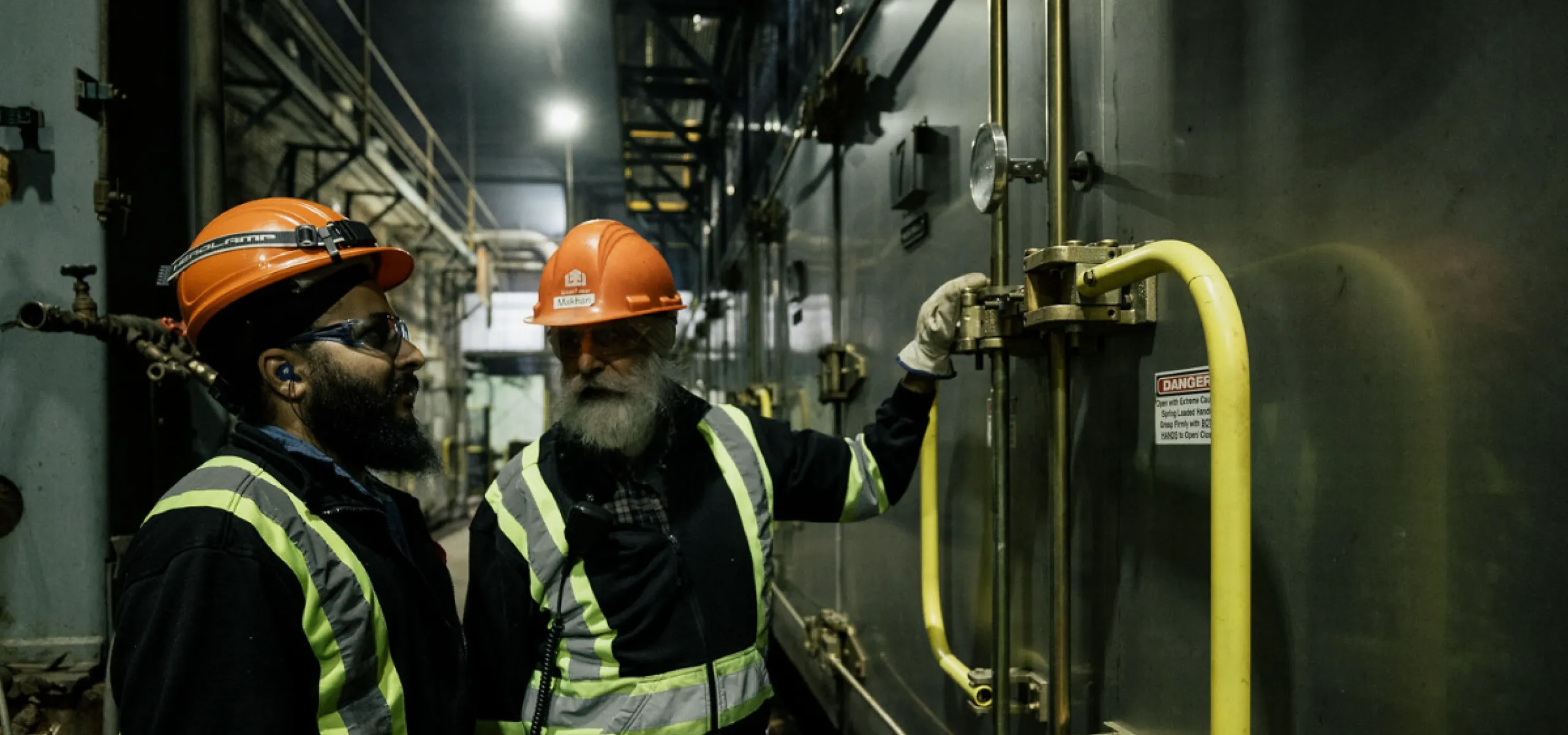
One such optimization project is the successful dryer replacement project at Williams Lake Plywood in British Columbia, completed in spring 2024, and the benefits the project has already realized.
Project need
Dryers are often considered the heart of a plywood mill, directly influencing efficiency, production costs, and product quality. At Williams Lake Plywood, Dryer 1, in operation since the mid-1970s, had become increasingly challenging to maintain.
“Dryer 1 was the oldest component of our dryer platform, and replacing it is part of West Fraser’s strategic investment in modernizing facilities across our operations,” said Sandor Buchi, General Manager, Williams Lake Plywood. “Planning a project like this is a major undertaking as production continues. It’s a bit like building a plane while trying to fly it.”
Laying the groundwork
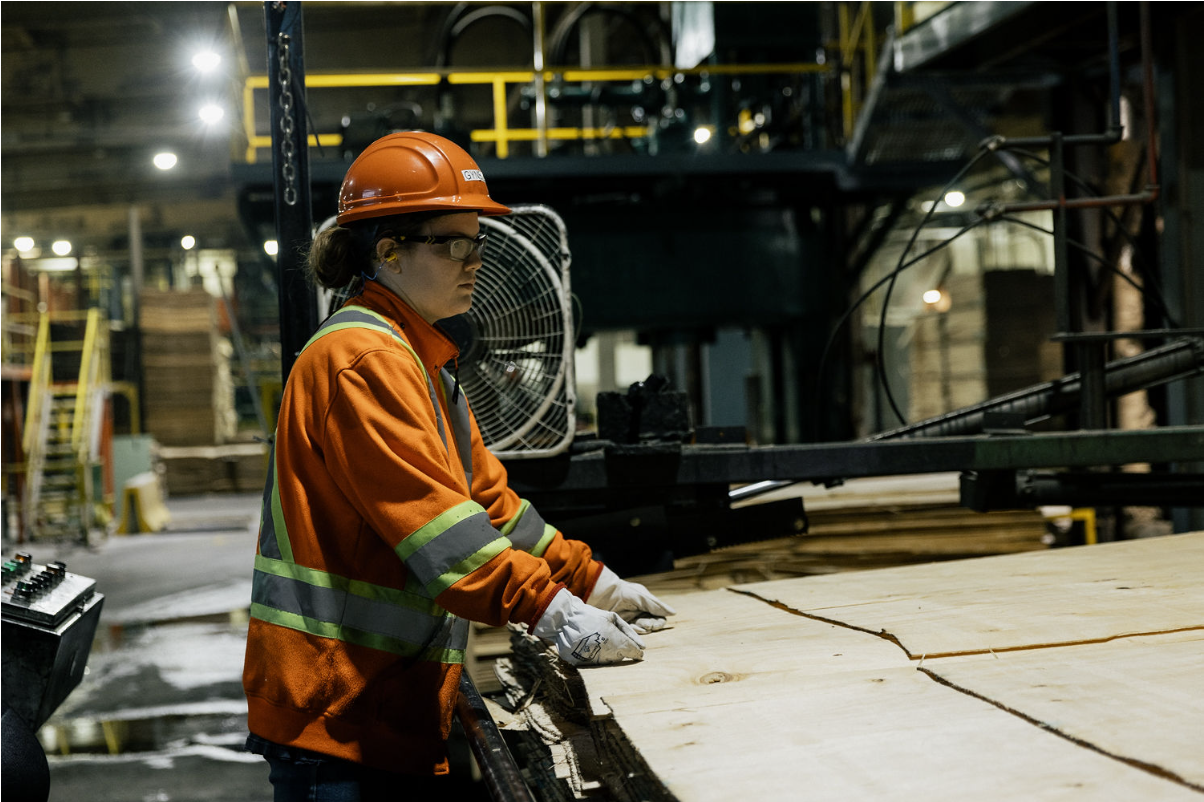
The planning phase was a collaborative effort involving the mill’s engineering team and employees who work directly with the dryer. Their input was invaluable in identifying a cost-effective, right-sized solution that built on previous enhancements, such as the green veneer prepress. Added to the infeed, the prepress moderates moisture pockets within green veneer, aiding drying and overall dryer efficiency.
“The mill’s low carbon footprint was maintained by replacing the dryer with an in-kind steam heating platform,” said Brad H., Veneer Technical Manager. “This enabled West Fraser to work towards meeting its science-based 2030 greenhouse gas reduction targets while also using residuals as the energy source, helping lower cost by maximizing log recovery and avoiding external energy providers.
After finalizing project requirements and a competitive bidding process, the team chose Westmill Industries to supply the dryer, and Systematic Mill Installation as the main contractor for the dryer build.
Jim K., Maintenance Superintendent, praised the team’s resourcefulness: “We finalized the project requirements, including being able to maintain the overall length of the dryer so the infeed and outfeed did not need to be moved. The team was also able to repurpose existing framing, heat exchangers, cooling sections, the existing foundation and most of the electrical. This saved substantial time and cost.”
Dryer removal and installation
The project officially kicked off in February 2024, with the team spending the next five weeks building the new dryer. In March, the old dryer was removed and recycled, clearing the way for installation, which was completed by April.
“To allow our presses to continue to run throughout the project, veneer was sent out to other facilities to get dried and purchase veneer was brought to the site,” said Buchi. “This involved the commitment and teamwork of all employees – from forklift drivers to others who picked up duties they normally don’t do just to keep us running.”
Start-up and initial assessment
Since the dryer’s start-up in April, results show an approximate 25% decrease in steam usage. The increase in efficiency after the rebuild has equated to an approximate 5% increase in production.
“The new dryer has been a huge success since the installation. We have some of the most knowledgeable folks in the plywood industry that came up with the project, and, in the end, we basically came up with a very cost-effective solution to replace the old dryer, and that’s all we really needed,” said Paul Bradley, Regional Manager.
